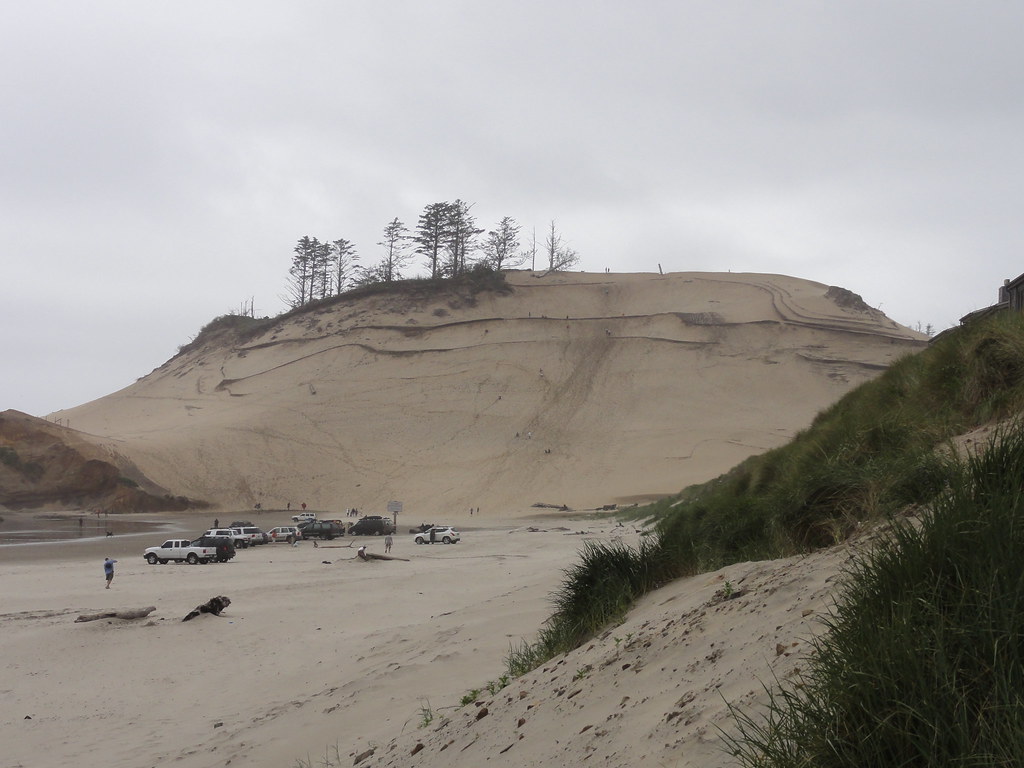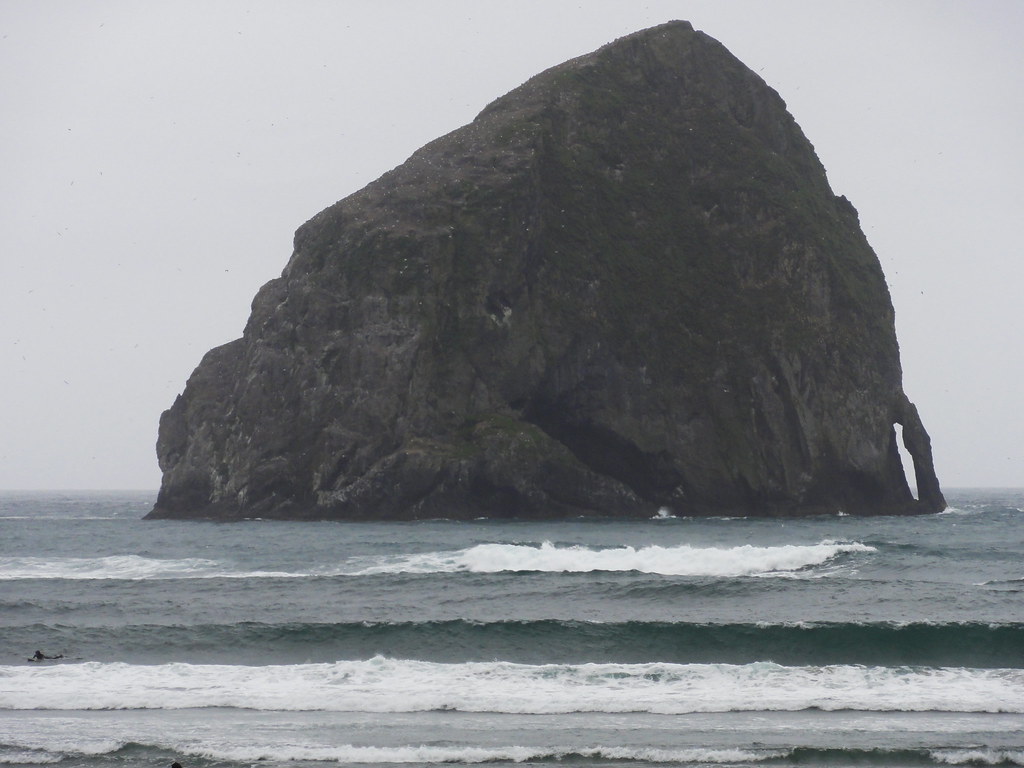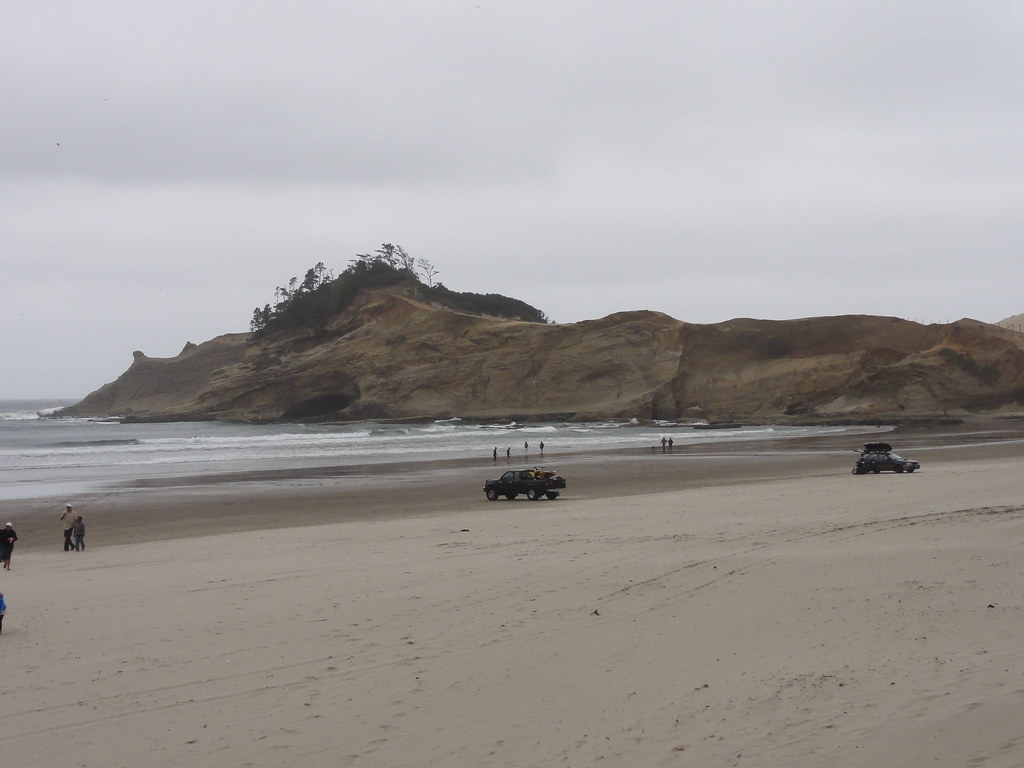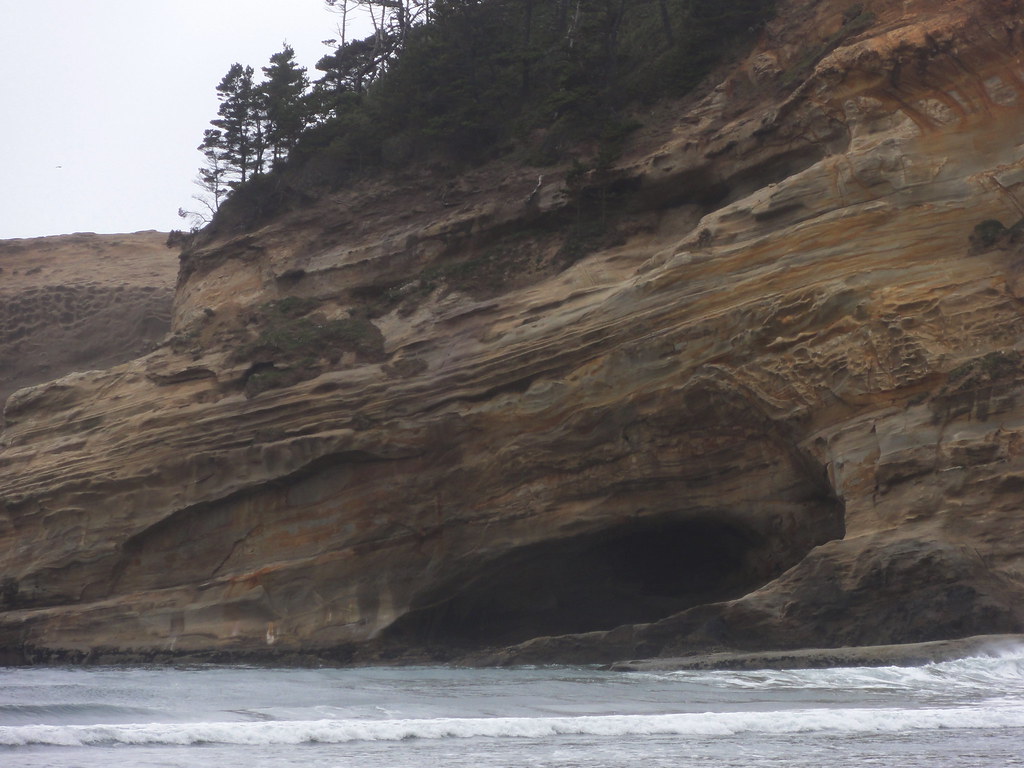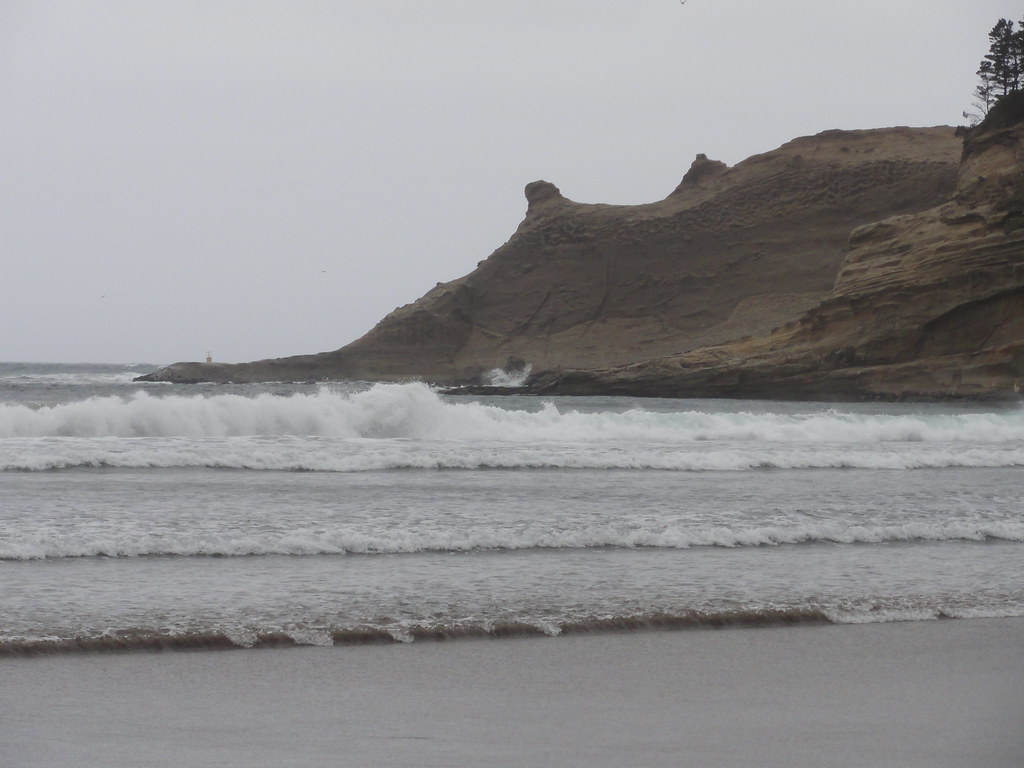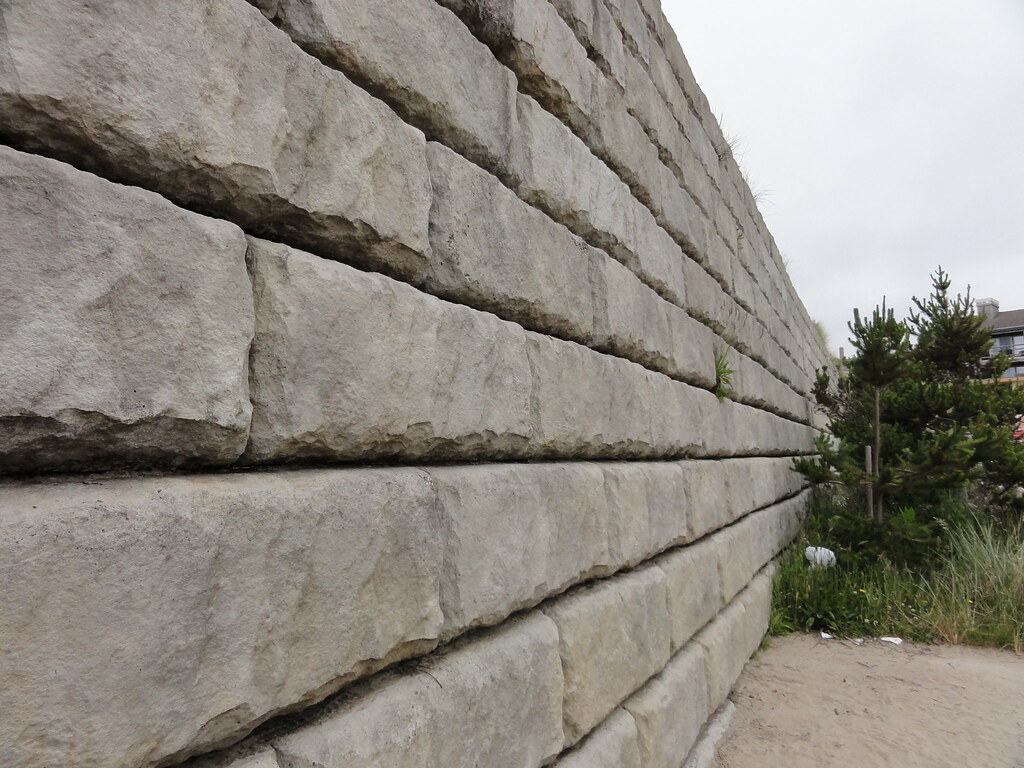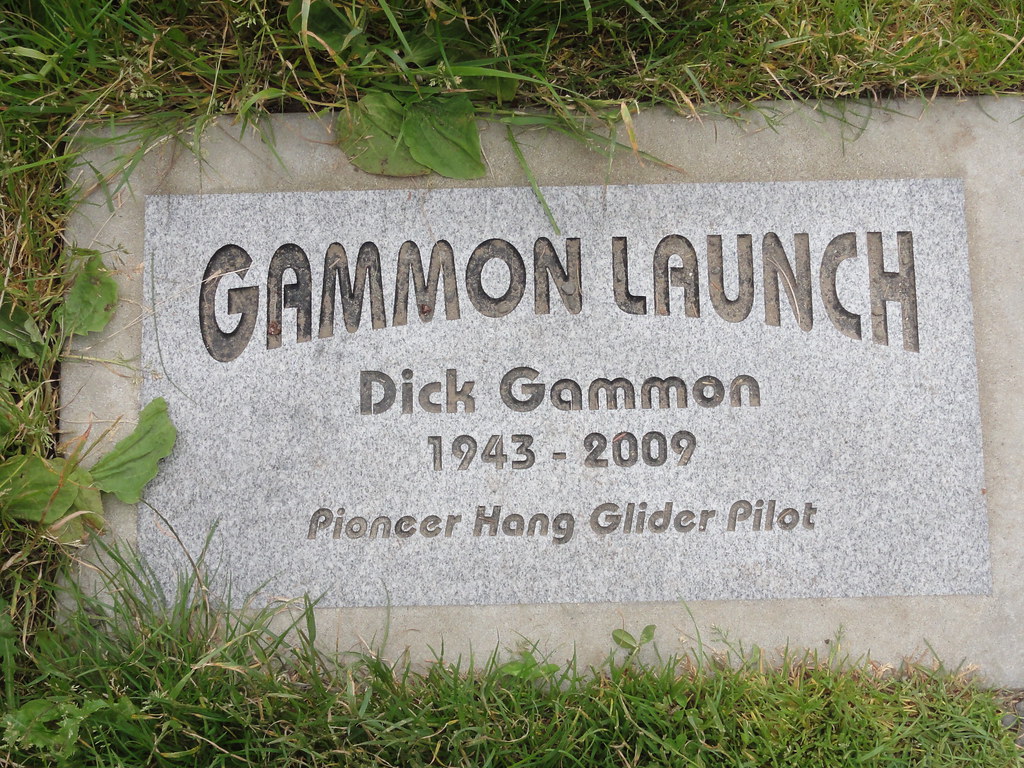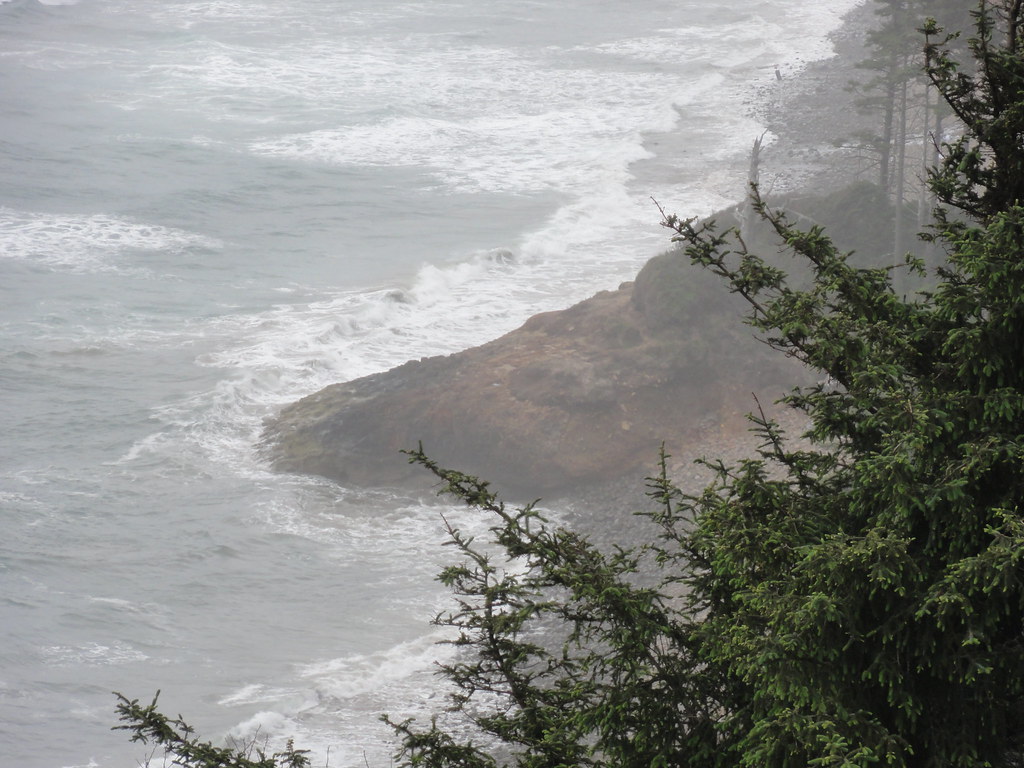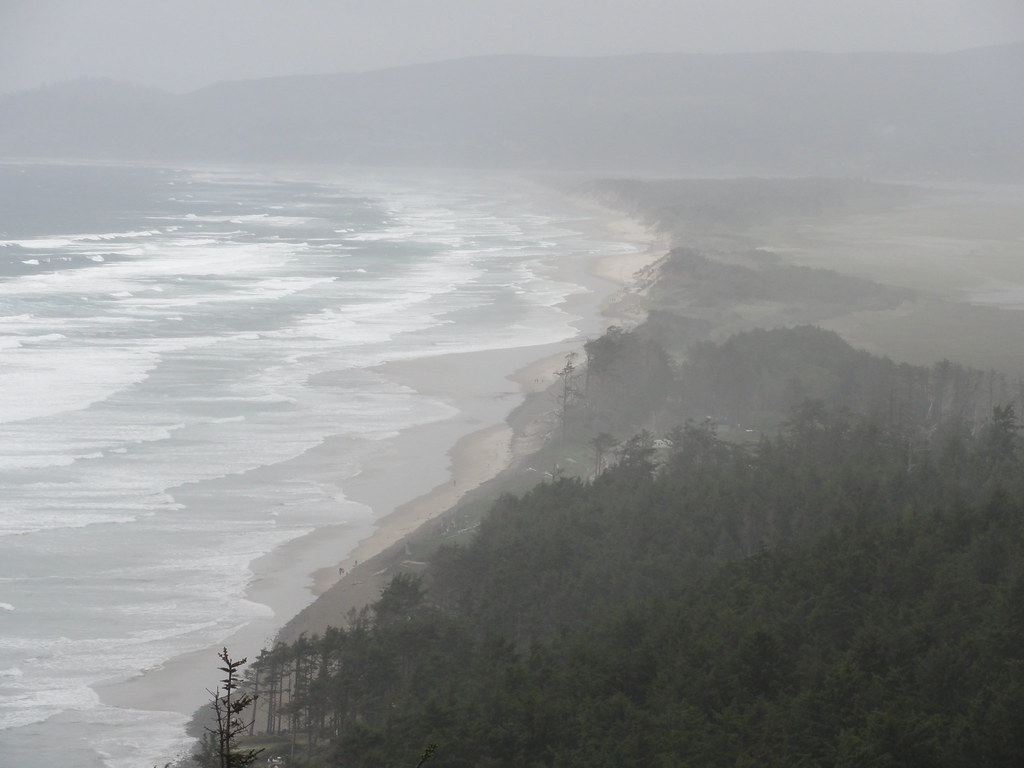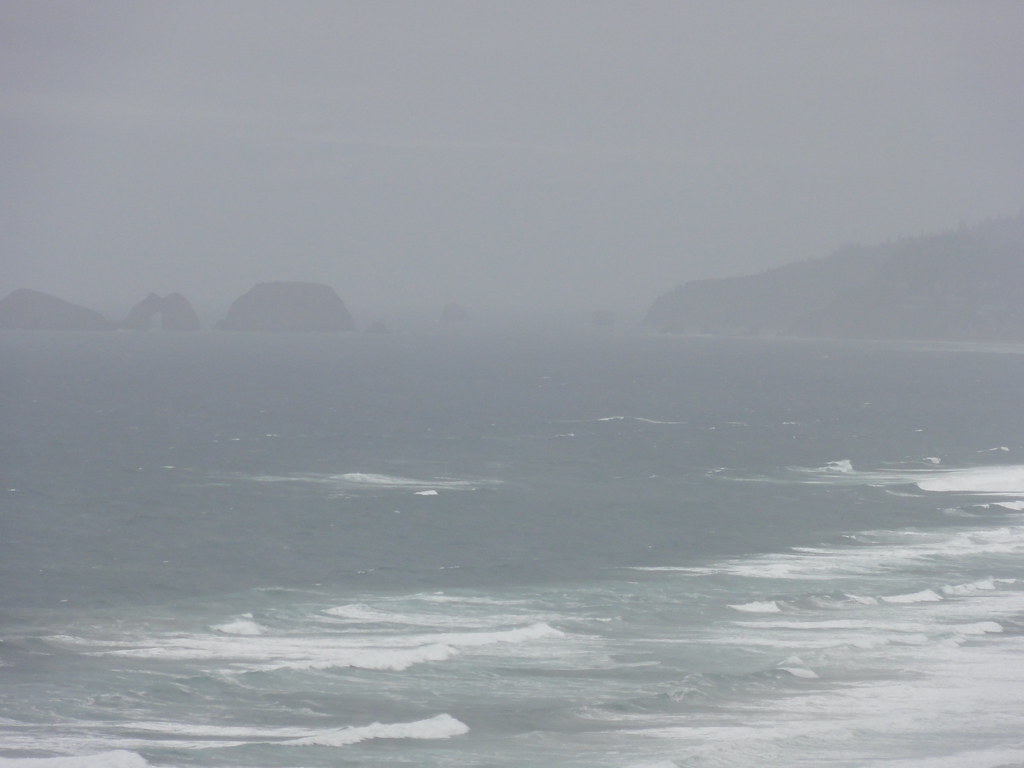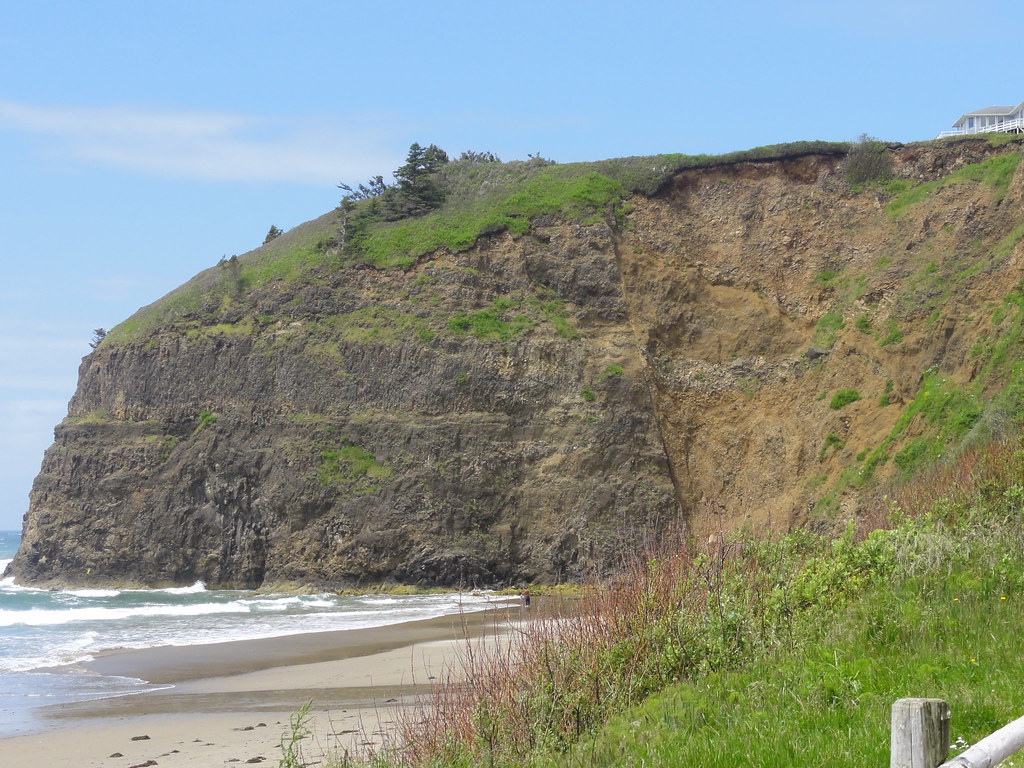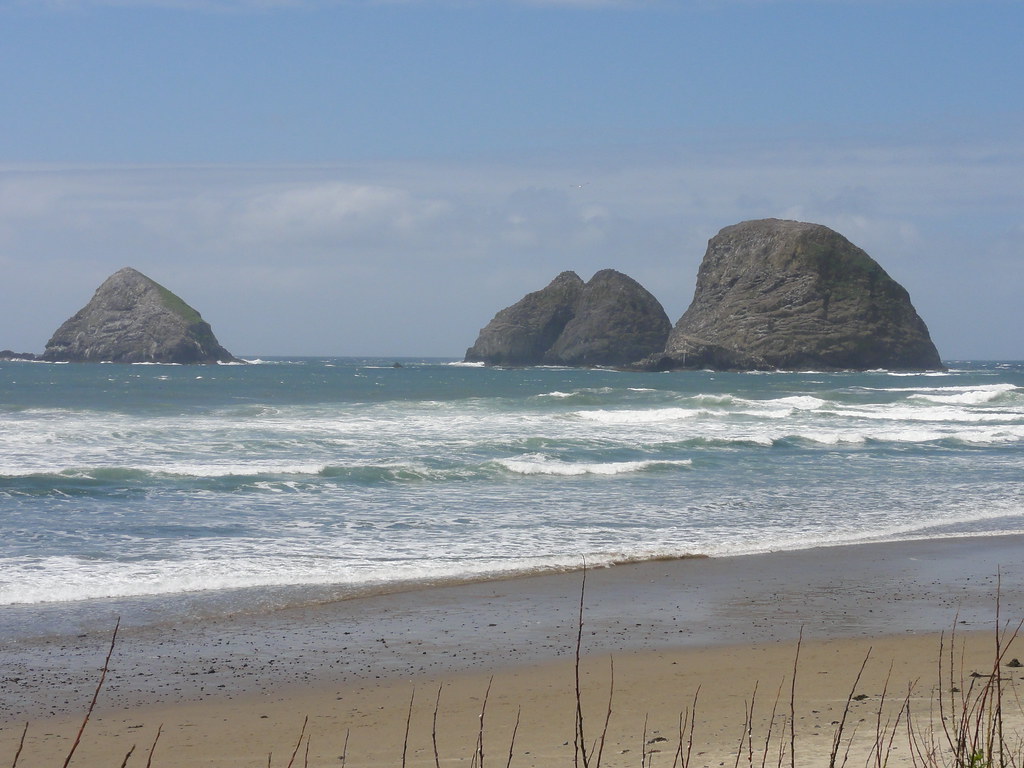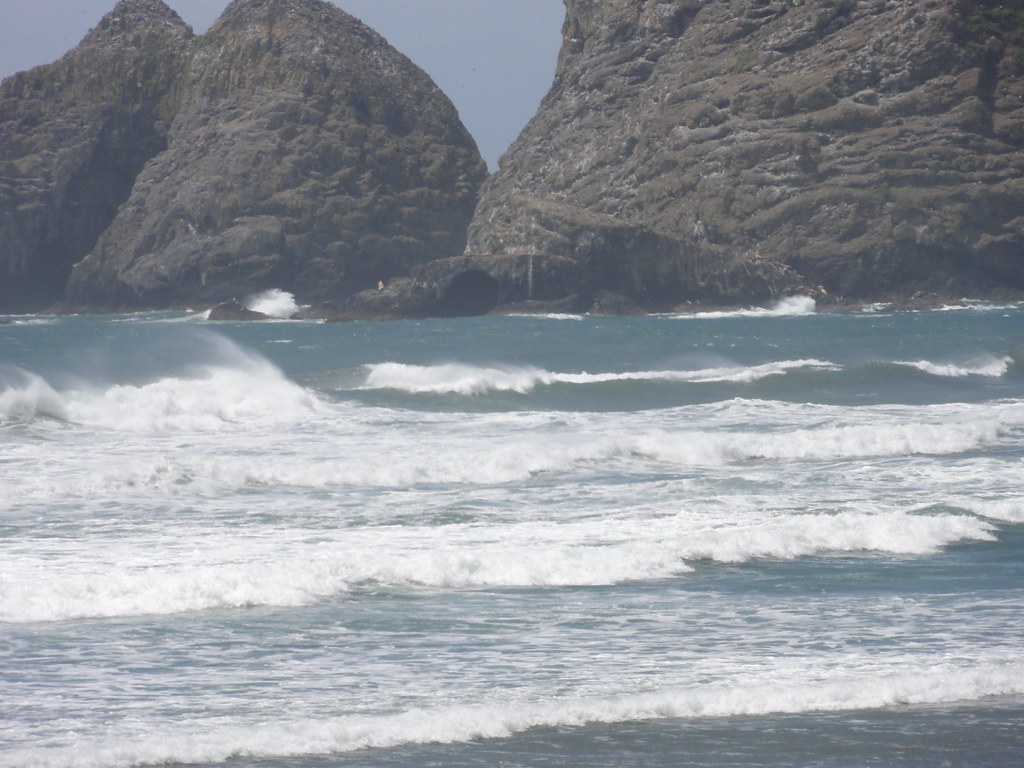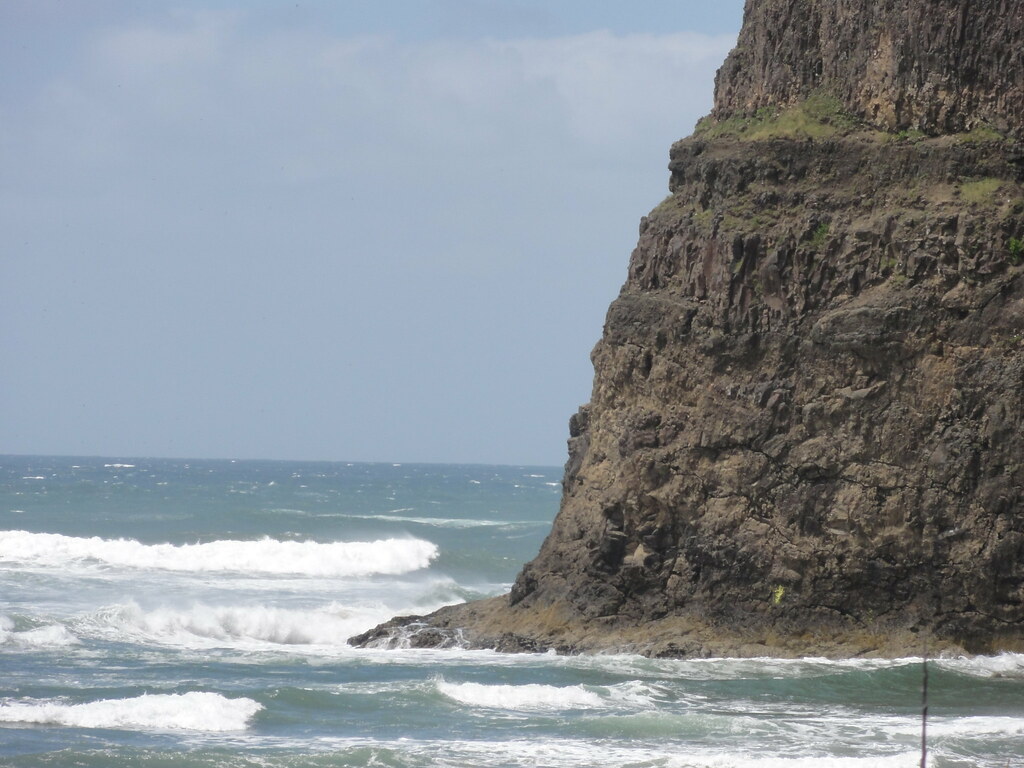Ye gods, what a week. The GOP’s dropping the “forcible” from in front of “rape” in front of its noxious little bill, but I’m posting the links I collected regarding that for two reasons: to remind people what these fucktards think about women, and to make sure everyone knows that what’s left of the bill is no better. What they’ve left intact eviscerates Roe vs. Wade. Everything we fought for, they’re trying to take away by force. And I have to tell you something: I think far more highly of my rapist than I do of these misogynist asshats. I’m not joking even a little.
So please, ladies and those who respect us, make sure your representatives know that attempts to take our choice away are unacceptable. We’ll not give up the fight simply because they took out the most outrage-inducing bit. The whole thing is an outrageous attack on women, and it’s not to be stood for.
Happier links follow. There was a hell of a lot of great stuff this week. Everybody at my regular haunts included, so do avail yourselves of the geoblogs in the Blog Roll! This week, I kept the focus (mostly) on folks I don’t link to as much.
Shorter GOP: Tax breaks for everyone, except those pregnant teenage rape victims, the dirty whores: “Functionally, there is no rape exception when there’s a ‘rape exception’. If you’re raped, and abortion is restricted to people of your class, rape exceptions are meaningless. You could define rape as broadly as you wanted, and still the number of women who’d get past the exception would be virtually none. The only real result of narrowing the definition of ‘rape’ to exclude women who were asleep, drugged, cornered with little chance of escape, minor children, and basically anyone who didn’t fight within an inch of her life is mostly symbolic, and what it symbolizes is support for rape culture and hatred of women, particularly rape victims. It’s the GOP (and some anti-choice Democrats) signing off on the idea that you asked for it. And because you’re a bad girl who asks for it, you should be punished further with forced childbirth. Even if you’re a child.” (Pandagon)
House GOP: Not All Rape Victims Were Really Raped, So They Should Bear Their Rapist’s Child: “So merely being forced to have sex without your consent isn’t the same as being raped as far as access to health care is concerned? Can we stop hearing about the Deep Moral Principles of anti-abortion fanatics now? And even more so, can we please stop hearing about how criminalizing abortion is really about protecting women? Can anybody deny that opposition to legal abortion is deeply intertwined with sexism and reactionary beliefs about sexuality at this point?” (Lawyers, Guns and Money)
Redefining Rape–A list of resources related to the #DearJohn campaign: “Sady Doyle of Tiger Beatdown and #MooreandMe fame has begun another Twitter campaign to draw attention to this sick state of affairs. People are posting a lot of useful links, and I wanted to gather them together.” (Chunky Monkey Mind)
#DearJohn: More Links From the Trenches: “Meanwhile, at bill at least as heinous is H.R. 217, the Title X Abortion Provider Prohibition Act, the brainchild of Rep. Mike Pence (R-IN). H.R. 217 prevents federal funding from going to any health care provider that provides abortion services, EVEN THOUGH those providers do not use federal funds to actually pay for abortion services or anything involved in them (like equipment or nurse’s salaries or what have you). Shakesville has a rundown of the bills.” (Smart Angry Women)
Democrats and Allies Missing the Big Picture on “Rape Redefinition” Bill: ” Obviously changing the definition of rape is horrific and astonishing, but fighting the bill on those terms merely gives up the real fight over allowing American women the ability to afford a medical procedure they may choose. With the exchanges about to come on line, and small business subsidies and all the other public money sloshing around in the health care system, passing this bill would stop all private insurance companies from covering abortion services in their plans, not to mention setting in statute the ban on abortion services through Medicaid, TriCARE, the Indian Health Service, federal prisoners, women in the Peace Corps and even Washington DC residents.” (Firedoglake)
Science Online 2011: Underrepresentation hurts us all: “Second, you know the isolation we talk about as women scientists and science writers? Multiply that times a million and you probably have the isolation of being a person of color in the sciences. There are some different ways in which sexism and racism play out in the public sphere, at least in the US: people might be a bit more willing to make sexist comments than racist ones. However, the impact of racism is at least as harmful, probably more harmful in most ways, because it leads to social disparities in education, health, salaries, living conditions.” (Context and Variation)
Sex, gender, and gender identity: “It’s possible that I could identify as a homosexual male of the non-flamboyant type who spends his time non-flamboyantly in a woman’s body. Sure, that’s possible. Like I said, it’s complicated. What I do know is this: I’m not writing as a Specific Binary Sex Representative in Science, and I bet no other women–or men–who write about science are, either.” (The Biology Files)
On women science bloggers, in chronological order #scio11: “The women science bloggers conversation is getting so long and elongated, I thought it would be interesting and, I hope, useful to put all the posts in rough chronological order. By rough I mean that I haven’t attempted to order the posts within each day of publication. Perhaps I’ll take another pass at the list later on for that.” (Confessions of a Science Librarian)
Let’s talk about sex (in science): “Sci has been really thrilled to see so much talk over the past few days on women science bloggers, where they are, and why they appear to fly under the radar. But I’ve noticed that, while female science bloggers and female scientists aren’t big fans of comments on their appearance…most of them have no problem with using some sexy to sell science to the public. What is the difference, and can the two options of trying to get people to ignore looks in favor of content, and using cool and sexy to sell science actually coexist without one harming the other?” (Neurotic Physiology)
Bubbling Up… by Kathy Cashman and Alison Rust: “Gas bubbles (or pore spaces) are a fundamental component of many earth materials, yet processes that control bubble formation and migration are rarely addressed in basic earth science texts. Understanding bubble formation and migration is particularly critical for understanding volcano behavior, where gas expansion provides the primary driving force for volcanic eruptions. However, bubble behavior also affects magma chamber processes and ore deposit formation. The physical properties of bubbles that make them such effective drivers of magma motion are their buoyancy, their volume sensitivity to pressure and temperature, and their deformability, properties that are easily explored in the kitchen.” (Earth Science Erratics)
A confab with the faithful: “The destructive nature of faith stems from certainty: certainty that you know God’s will and God’s mind. It’s that certainty that leads to suicide bombing, repression of women and gays, religious wars, the Holocaust, burning of witches, banning of birth control, repression of sex, and so on. The more doubt in a faith, the less likely its adherents are to do harm to others.” (Why Evolution Is True)
Bill O’Reilly: tidal bore: “Look, I know. Bill O’Reilly is a far-right ideologue who couldn’t grasp reality with a hundred meters of velcro and a ton of Crazy glue. He’s mean-spirited, loud, and wrong, wrong, wrong. Debunking him is like debunking the Tooth Fairy; so easy and obvious that it’s almost mean on my part to do it.
“Yet here we are.” (Bad Astronomy)
Science Through Stories: Allowing The Rediscovery Of Wonder: “Wonder and curiosity. Those two simple words exquisitely describe what drives me in my work, and what keeps me readily tangled in my love affair with research. Wonder and curiosity is what fuels me in my relentless pursuit of answers, hours upon hours of searching, just for the potential reward of finding something out that has yet to be discovered.” (The Rogue Neuron)
Teaching Human Evolution at a Public University in Boston: “Though this may go beyond our charge as educators, I think it’s also important to show students that biologists believe that life is beautiful too. Evolution is not bleak nihilism. To me, the fact that the fossil and genetic evidence points to our species’ recent appearance on an ancient planet leaves me feeling awed and inspired, not degraded, at what we can know and how far life has come.” (Patrick F. Clarkin, Ph.D)
The Yellowstone Media Storm: We’re all gonna die! Oh, well sure, but…: “Is Yellowstone gonna blow? Sure. Will everybody die? Sure, absolutely. But there is pretty much no connection between the first question and the second. Yellowstone caldera will in fact erupt again some day; it’s a forty mile wide caldera with a huge magma chamber miles deep in the crust. That’s the reason there are geysers there, and all those hot springs. And everyone will die, eventually. That’s kind of a rule about living. But worrying about whether I’m gonna die from an eruption at Yellowstone is so far down my list of concerns that I am more worried about being gnawed to death by a pack of angry prairie dogs. It could happen, but it is highly unlikely.” (Geotripper)
Less God and more democracy: “Those countries whose population rated God as less important in their lives, were also the countries where democracy is strongest.” [ed. note: ha ha, suck it, Cons!] (Epiphenom)
20 Neil Gaiman Facts: “3. If you write 1000 words and Neil Gaiman writes 1000 words, Neil Gaiman has written more than you.” (Jim C. Hines)



